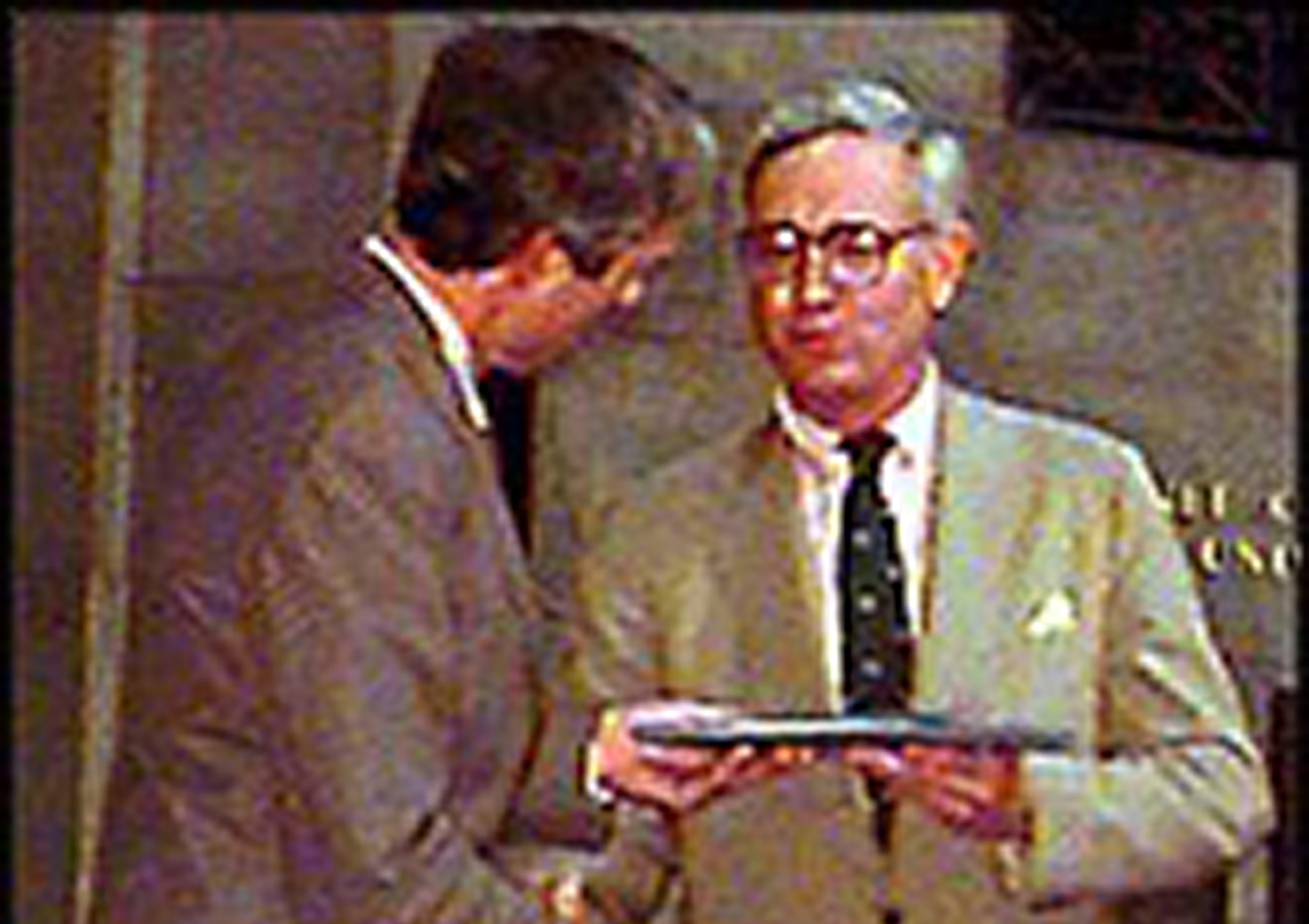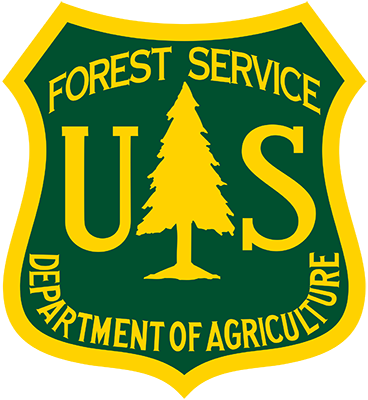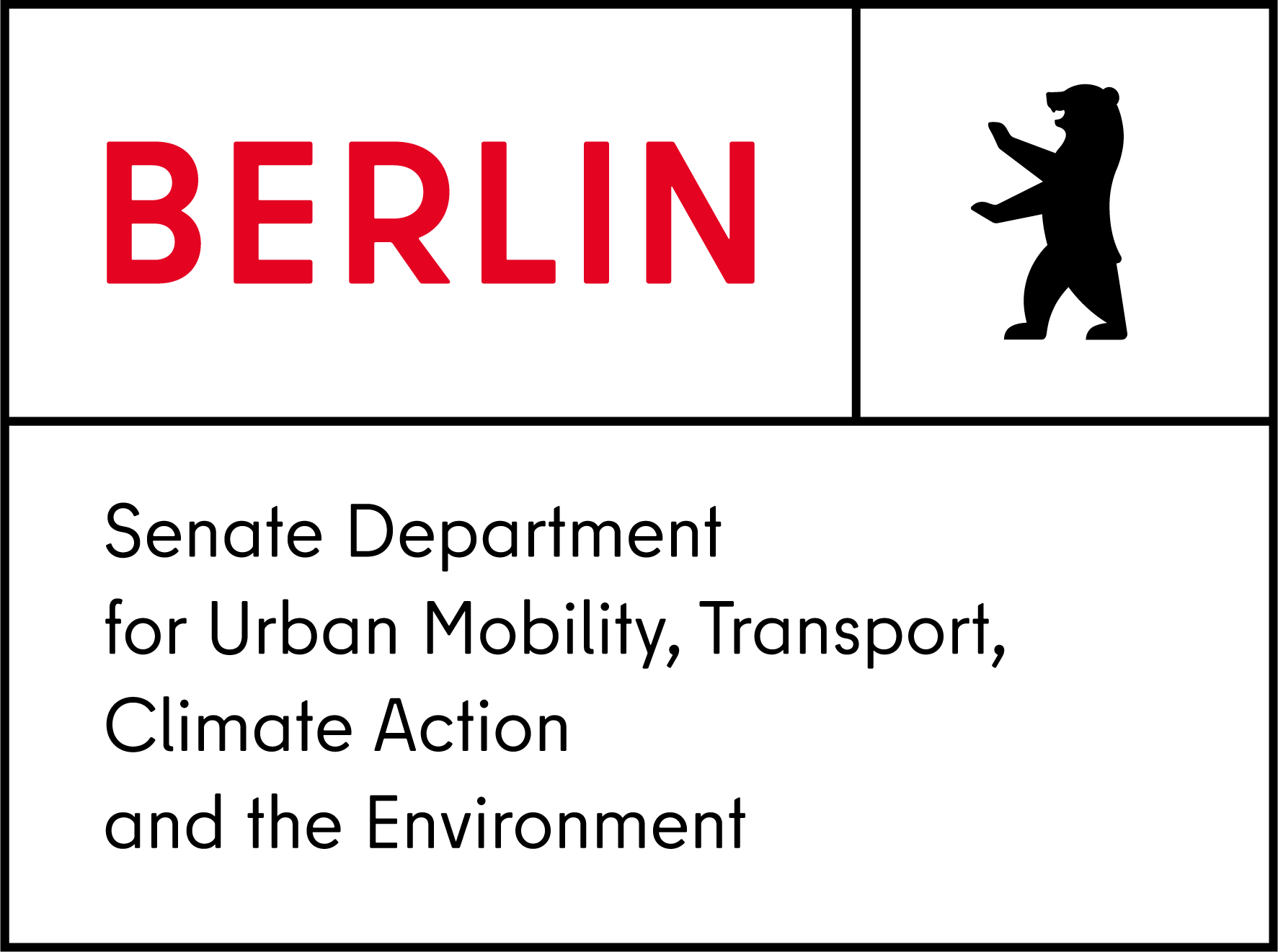“The up and down cycle [is what] I’ve experienced…we’re down now, but we have a way of battling back, in the courts and in the court of public opinion”, says Semple. “I hope the American people will come to their senses”.
Robert B. Semple, Jr. worked for the New York Times for more than five decades, including 25 years as an editorial writer, and was the mostly unsung hero of the modern environmental movement. His carefully crafted editorials never bore his byline—unlike the reporters at the Times—but he was a confidant of Presidents, Secretaries of the Interior and Environment, leaders of national environmental organizations, and Senators and Members of Congress. His access to those leaders, and his unique ability to translate science and policy into credible explanations, made him the environmental conscience of the U.S.
And I say “mostly unsung” because, in 1996, Semple and the Times won a Pulitzer Prize for ten editorials he wrote the prior year, a rare honor for the writers who primarily toil out of sight, unrecognized by the byline that other journalists get.
Semple’s half-century tenure at the Times parallels the extraordinary growth of the environmental movement from marginal to mainstream and the creation of the nation’s most important and historic environmental protection laws and agencies. It is also likely that Semple’s work led directly to major environmental victories, influencing the nation’s leaders and environmental advocates to stop projects that imperiled some of our most precious parks and natural areas.
I had the good fortune to know Bob when he was writing, both through his wife Lisa Semple’s work on behalf of non-profit organizations I was affiliated with, and though his interaction with The Trust for Public Land and our press director, Tim Ahern. Tim is also semi-retiring after a distinguished career as a reporter and spokesman for governmental organizations and political operations, and he interacted with Semple when he was Press Secretary for the U.S. Department of the Interior and its Secretary, Bruce Babbitt. I recently had lunch with Semple and Ahern, and between bites of fried clams and oyster pan roast at the Oyster Bar in Grand Central Terminal in New York, got a download of that extraordinary half-century of political and environmental news and occurrences.
It was far from preordained that Semple would become an environmental super-hero. Given his youthful endeavors editing the Phillips Andover Phillipan and the Yale Daily News, a career in journalism might have been inevitable. He earned degrees in history from Yale and the University of California at Berkeley (Master’s), and spent a year as a Yale teaching fellow. After a few years working at Dow Jones, Semple’s career at the Times began when he was hired by then-Washington, DC Bureau Chief James Reston, in the fall of 1963. He started with a traditional but important role working on the Washington Bureau news desk, just before the assassination of President Kennedy.
When Thomas Wicker succeeded Reston, he made Semple the White House Correspondent, responsible for covering the White House of President Lyndon B. Johnson, among other things. Another management change, this time bringing Max Frankel to the Bureau, got Semple covering federal agencies. Then, in keeping with a peculiar tradition at the Times, a coin flip led to Semple’s getting the assignment of covering Richard M. Nixon’s presidential campaign and the subsequent six years of his presidency. Semple wrote the Times’ lead story on Nixon’s inauguration, and was assailed by then Secretary of State George Schultz in 1971 for the publication of the Pentagon Papers (that daring act, kept secret from all but a handful of Times senior staff, was something that Semple was also surprised to learn of by hearing the news from Schultz).
Semple also got to see a Nixon who gave eloquent speeches on the importance of protecting the environment, and under whose presidency a number of the most important environmental laws, including the Clean Air and Clean Water Acts and the creation of the Environmental Protection Agency (EPA). But Semple credits political savvy and pressure from Democrats and the public with forcing Nixon’s hand.

“Nixon saw the first Earth Day—he was no fool, he jumped right in on the environment”, Semple remembers. “Nixon didn’t really care about the environment, but taking those actions got Congress off his back”.

Subsequent assignments included Deputy National Editor, London Bureau Chief, Foreign Editor, and five years on the Op-Ed Page of the Times. In 1988, Semple was assigned to the Editorial Page, a position he occupied for the next three decades, serving as part of the prestigious, courted, and feared Times Editorial Board, writing hundreds of editorials, and developing a niche in the world of energy and the environment that won him and the Times that Pulitzer Prize.
But how did Semple develop that niche, and more importantly, turn environmentalism from an ancillary and obscure topic into a hot-button issue, allowing the Times to influence national and global policy for decades? Semple, who is willing to give everyone praise except himself, credits two key mentors at the Times. “With the help of Jack Rosenthal, and particularly Howell Raines [Rosenthal and Raines both served as Editorial Page Editor], we put environmental issues at the center of the New York Times”, says Semple. Environment and energy were not “A issues”, compared to crime, the economy, and politics, Semple related, but two things happened to pique his interest. The first was the 1989 Exxon Valdez disaster, which forced Semple to learn about energy and environmental matters, and the second was President George Bush and EPA Administrator Bill Reilly’s proposed updates of the Clean Air Act, with significant reforms and the introduction of emissions trading, among other factors.
Sensing the importance of the issues, Semple says he was “forced to learn the issues from scratch”. So he turned to experts both in government and the environmental advocacy community, including Katie McGinty, (Council for Environmental Quality Chair, 1995-1998), Paul Bledsoe (Director of Communications of the White House Climate Change Task Force, 1998-2000), Russell Train (the first chair of the newly created Council on Environmental Quality under President Nixon, and later the second head of the EPA); Mike Oppenheimer and Joe Goffman at the Natural Resources Defense Council, who were particularly helpful on the politics and science of power plants; and in particular Bruce Babbitt and his Press Secretary, Ahern.
“The good guys in the administration and in the advocacy groups were my sources”, Semple recalls. “But you had to choose them with care because not everyone is a scientist. You depended on people who would help you understand the science and the laws, and you have to get your facts straight so that your readers would believe you”.
On the other side of the equation, government agencies and experts knew Semple was extremely valuable—someone who could get their issues in front of Times readers, but more important, in front of the decision makers and shapers. In a time before social media, there was nothing more important than a New York Times front page story or editorial for getting your message out.
“When Bob Semple would call, the Interior Secretary [Babbitt] would drop everything”, says Ahern, whom Semple counted on to explain to him the complexities of the Antiquities Act. McGinty, head of the Council on Environmental Quality for President Clinton, would call from Capitol Hill, Semple recalls, and say “can you get something in the first edition?” McGinty turned out to be a key player in the issue that perhaps more than any showed Semple’s power to impact national policy—to get a President to act on a very specific issue—the Yellowstone/New World Mine.
When a Canadian company wanted to develop a gold and copper mine just three miles outside of Yellowstone National Park, Semple wrote a series of editorials in 1995 that helped turn the political tide against this “monumental and irreversible environmental catastrophe…[a] disaster-in-waiting…” as Semple wrote in his lead editorial on the topic. Semple went right at President Clinton in two August editorials, making him the key player in this eco-drama: “Mr. Clinton has been making an effort in recent days to polish up his environmental credentials”, Semple writes in an August 14, 1995 editorial. “Figuring out a way to stop this mine would surely help. He alone can make this a national issue it deserves to be. At risk is the oldest and greatest of our national parks”. Almost exactly a year later, President Clinton, in a ceremony at Yellowstone on Aug. 12, 1996, announced an agreement to end the mine, praising scores of people but not mentioning the anonymous man whose writing had possibly stirred him to action.

“Yellowstone was entrusted into our care as a people, a whole people, more than 120 years ago now”, Clinton said that day. “And today we are saying to the rest of the world, to the rest of the country, and to future generations of America, that we have been worthy of that trust, and we are giving it to our children and our children’s children”. On a related note, it was The Trust for Public Land which put the final touches on the closing down of the mine threat, when in June 2010 it announced that it had purchased the “772 acres of mining claims in the New World Mining District near Yellowstone National Park”.

For those four editorials on the Yellowstone mine, and six others, including the much-lauded “Bud Shuster’s Dirty Water Act“, calling to task the then-Congress member (Republican, PA) for attempting to eviscerate the Clean Water Act—Semple and the Times won a Pulitzer Prize. This was the first Pulitzer ever awarded for editorials on the environment.
So what does the future hold for the not-completely-retired Semple, and for our nation and its environmental legacy? First, Semple will still be writing, perhaps a couple of new editorials a month. On 16 January 2018 for example, he penned an editorial lauding New York City Mayor Bill de Blasio for suing oil companies for their role in exacerbating climate change and its impact on NYC (while gently chiding the mayor for his penchant for driving in an SUV convoy to a gym 12 miles away most mornings). In the bigger picture—national and global—Semple worries about President Trump and his cabinet.
“Right now, in terms of environmental progress, we are in the pits”, says Semple. “We are in the pits because President Trump has appointed sworn enemies of the environment. He has hired people who not only don’t want things to get better—they want to roll all the progress back. The guy knows nothing and cares less about the environment. He’s therefore vulnerable to whatever somebody pours into his head”.
That said, Semple has a world view based on his five decades covering presidents and politics that leans to optimism:
“The up and down cycle [is what] I’ve experienced…we’re down now, but we have a way of battling back, in the courts and in the court of public opinion,” says Semple. “I hope the American people will come to their senses”.
We need Semple’s voice, and voices like his, to make sure that happens.
Adrian Benepe
New York City



























Leave a Reply